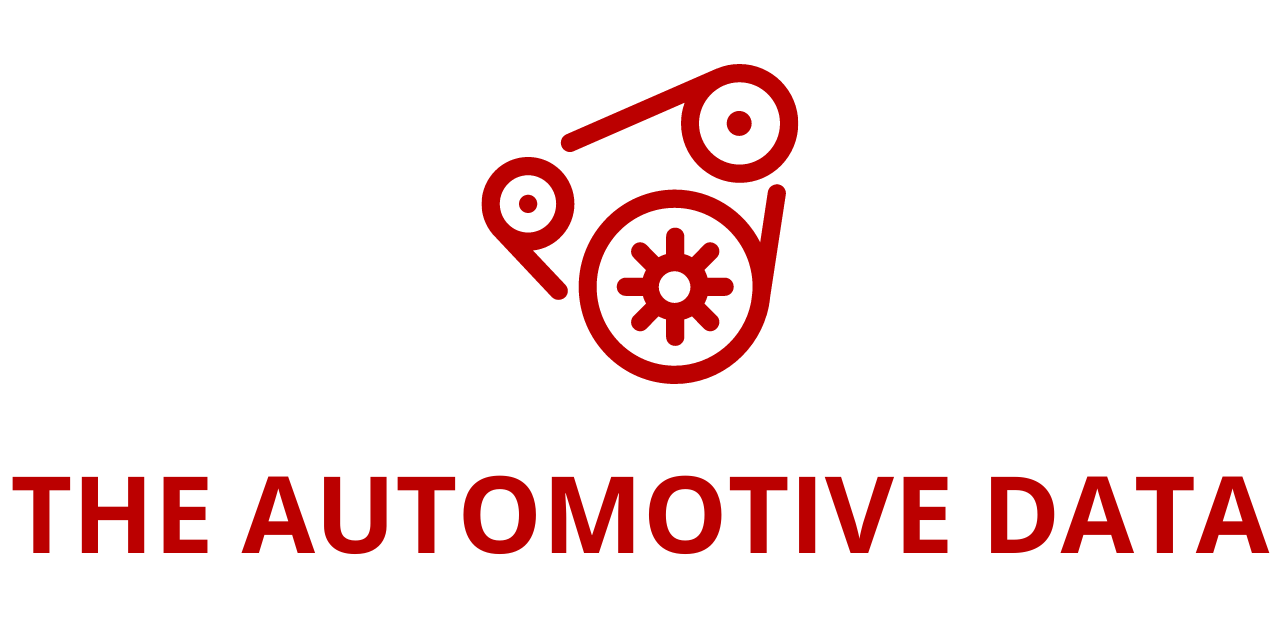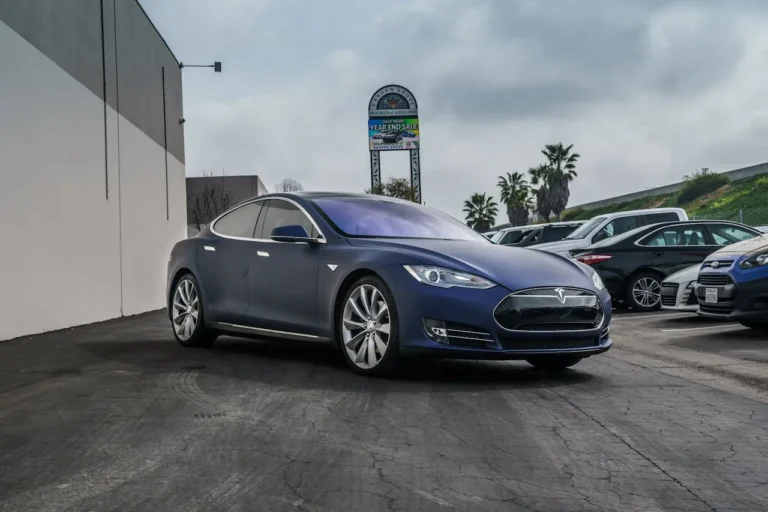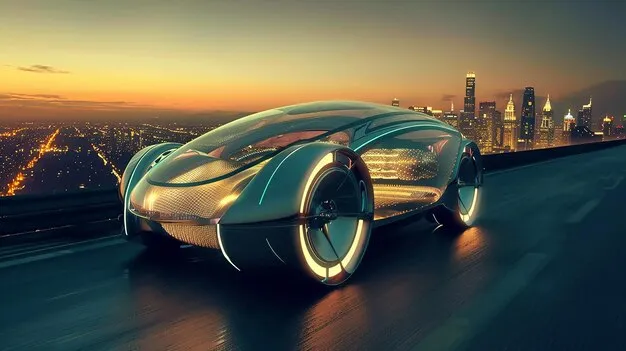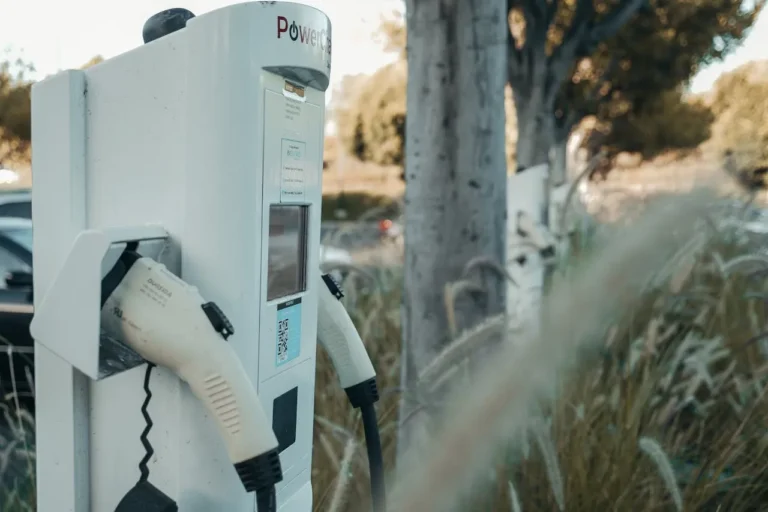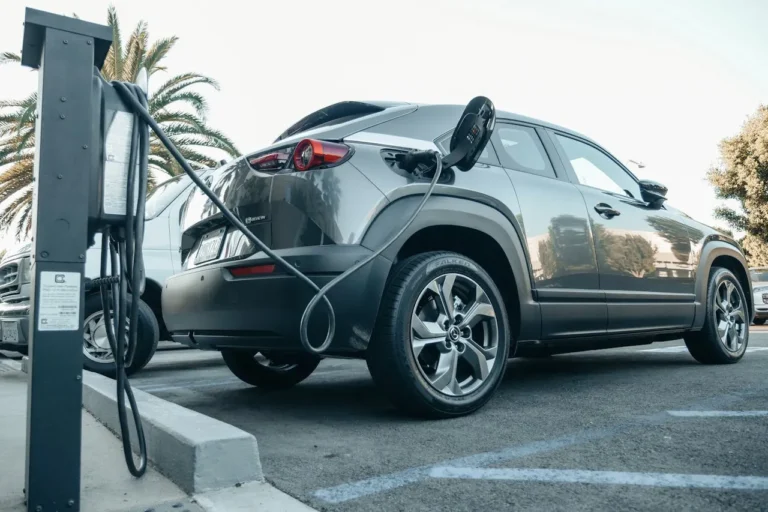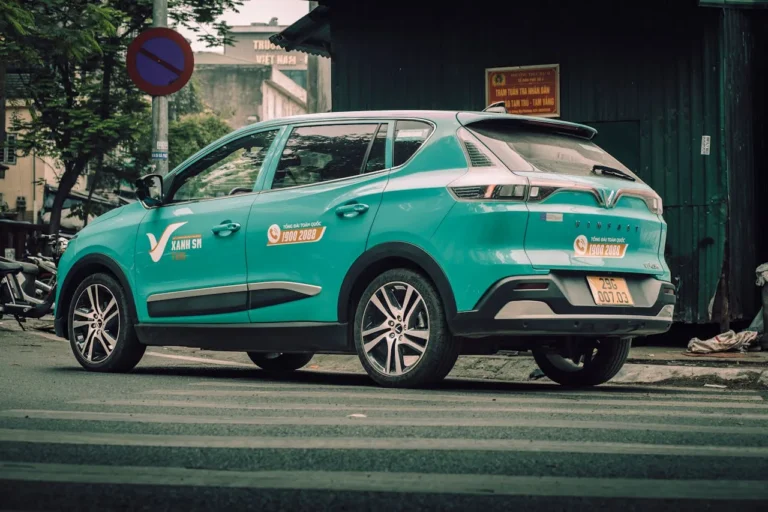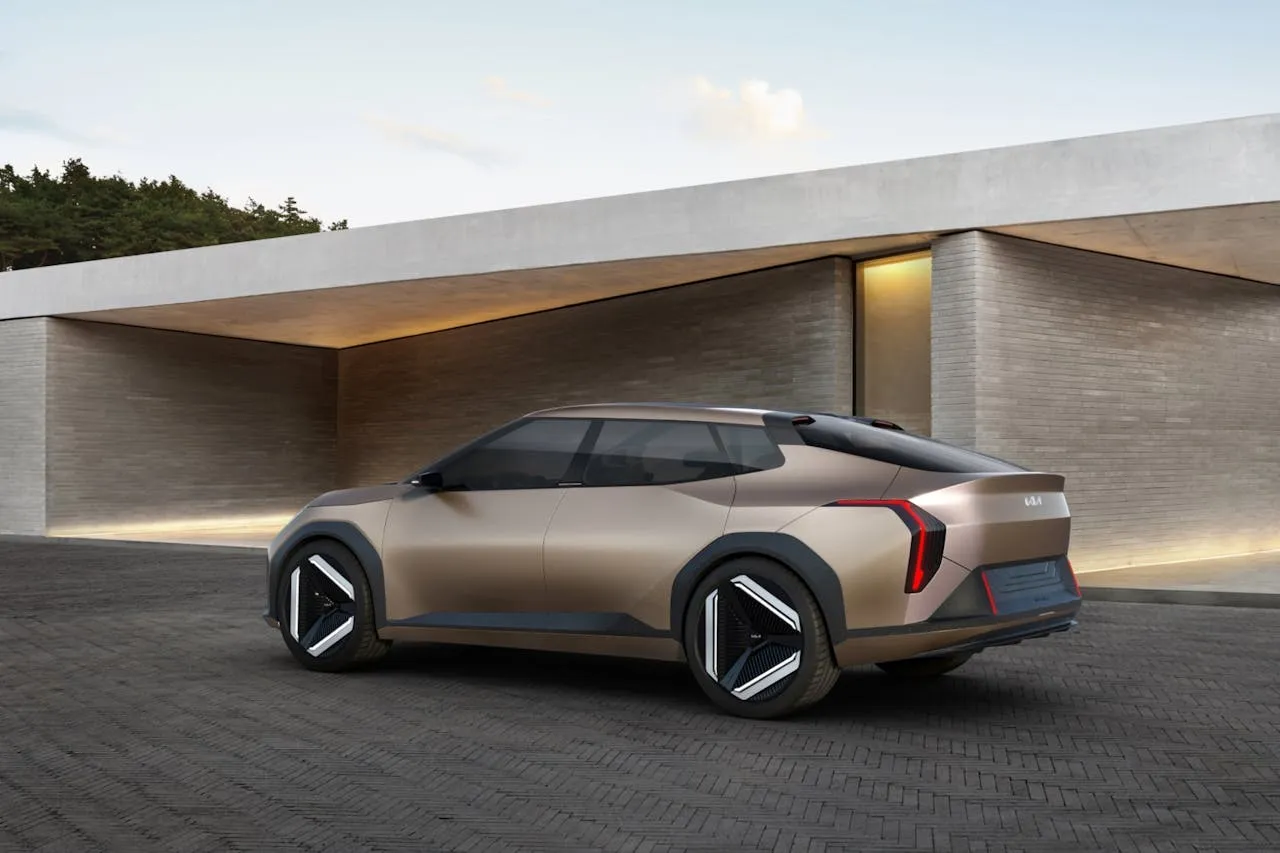
Vehicle-to-Grid (V2G) in EV Charging Infrastructure: Technological Advancements and Global Growth Outlook, 2024–2030
ResearchAndMarkets.com has added a new report to its extensive portfolio titled “Vehicle-to-Grid in EV Charging Infrastructure: Recent Technological Developments and Growth Opportunities, 2024–2030.” This study delves into the emerging vehicle-to-grid (V2G) ecosystem, examining how this advanced technology is poised to revolutionize the intersection between electric vehicles (EVs) and the power grid over the coming years.
As the global EV market continues to expand and renewable energy sources gain prominence, the convergence between the traditionally separate transportation and power sectors has become both a technological necessity and a transformative business opportunity. V2G technology EV Charging lies at the heart of this convergence, enabling bidirectional energy flow between EVs and the electrical grid. This dynamic capability not only addresses the critical need for grid stability but also unlocks new avenues for economic and operational value in the energy and mobility industries.
Understanding V2G Technology
At its core, vehicle-to-grid technology allows electric vehicles to not only draw power from the grid during charging but also return stored energy back to the grid when needed. This bidirectional energy transfer mechanism transforms EVs into mobile energy storage units that can support grid resilience, optimize load distribution, and increase the penetration of distributed renewable energy resources like solar and wind power.
The report provides an accessible yet comprehensive introduction to V2G systems, EV Charging explaining how energy flows within these networks, the required infrastructure, the technical architecture, and the protocols and standards that govern interoperability and communication between EVs, charging stations, and the grid. It also addresses how V2G operations—through charging and discharging cycles—can be synchronized with grid demands to create value for both EV owners and utility providers.
The Strategic Imperative Behind V2G
Several strategic factors are driving the need for vehicle-to-grid integration. As electrification reshapes the transportation sector and renewable EV Charging energy disrupts traditional power generation models, grid operators face mounting challenges in managing energy supply and demand fluctuations. The report outlines three key strategic imperatives reshaping the V2G industry:
- Grid Modernization Needs – Increasing reliance on intermittent renewable energy sources like solar and wind has created an urgent need for grid stabilization technologies.
- EV Market Expansion – With the EV market growing at an exponential rate, energy storage capacity distributed across millions of EV batteries presents a latent but powerful resource.
- Decentralization and Digitalization – The broader energy transition toward decentralized and digital energy systems supports new forms of energy distribution, such as peer-to-peer trading and virtual power plants (VPPs), enabled by V2G.
Key Growth Drivers and Restraints
The report identifies several key growth drivers for V2G adoption. These include:
- The increasing deployment of smart grid infrastructure.
- Rising adoption of EVs across consumer and commercial segments.
- Government support through policy incentives, pilot programs, and mandates for renewable integration.
- Growing investment in charging infrastructure and bidirectional charging systems.
However, certain restraints also threaten to hinder the pace of growth. These include:
- The high upfront cost of V2G-capable charging systems.
- Lack of standardized V2G EV Charging protocols across manufacturers.
- Technical complexities related to battery degradation from frequent cycling.
- Regulatory barriers and inconsistent grid access policies across different regions.
A Framework for Growth Opportunity
One of the most insightful sections of the report is the “Growth Opportunity Universe,” which identifies major areas where V2G technology can deliver scalable impact and generate commercial value:
- Peer-to-Peer (P2P) Energy Trading: By enabling EVs to trade energy directly with each other through decentralized marketplaces, V2G supports more efficient local energy exchanges.
- Virtual Power Plants (VPPs): Aggregated EV batteries can function collectively as virtual power plants, supplying energy during peak demand and absorbing excess energy during low-demand periods.
- Rural Electrification and Microgrids: In remote or underserved areas, V2G-enabled microgrids can decentralize energy distribution, particularly when paired with renewable energy sources like solar.
Technological Architecture and Infrastructure Insights
The report offers a deep dive into the fundamental architecture of V2G systems, including:
- Hardware Components: EV Charging s, bidirectional chargers, power inverters, and control units.
- Software Systems: Energy management systems (EMS), vehicle telematics, and grid interface platforms.
- Communication Protocols and Standards: ISO 15118, Open Charge Point Protocol (OCPP), and other evolving standards that ensure interoperability between different ecosystem players.
The infrastructure backbone of V2G also receives detailed treatment, with specific attention paid to the dominance of AC chargers in 2023, the projected rise of DC fast-charging stations with bidirectional capability, and regional differences in charging deployment.
Economic Benefits of V2G Implementation
From an economic standpoint, V2G offers compelling value propositions for multiple stakeholders. For EV owners, V2G creates new revenue streams by allowing them to sell excess battery power back to the grid during peak demand periods. For grid operators, it provides flexible energy storage that enhances grid reliability, reduces dependency on fossil fuel peaker plants, and optimizes load balancing.
For businesses and municipalities operating EV Charging fleets—such as school districts, delivery companies, and transit authorities—V2G enables fleet batteries to act as distributed energy resources (DERs), reducing operational energy costs and offering opportunities to participate in energy markets.
Innovation Ecosystem and Patent Activity
Innovation is thriving across the V2G ecosystem. The report’s innovation analysis includes:
- Patent Landscape: The United States leads in V2G patent filings, reflecting its early investments in EV-grid integration technologies and the presence of major innovators.
- Noteworthy Use Cases: A standout case study highlights how electric school bus fleets equipped with V2G capabilities have bolstered grid security, especially during peak summer energy demand periods or during outages caused by natural disasters.
Key Stakeholders and Companies to Watch
The report lists both current leaders and emerging players in the V2G space. These include:
- Automotive OEMs investing in V2G-ready EV platforms.
- Charging infrastructure providers developing bidirectional chargers and integrated EMS solutions.
- Utility companies partnering with EV stakeholders to develop pilot projects and demand-response programs.
- Technology startups innovating in V2G software, aggregation platforms, and decentralized energy trading.
Notable companies mentioned in the report are those at the forefront of V2G integration, whether through hardware manufacturing, software development, or grid interface innovation. These players are expected to shape the industry’s direction through 2030 and beyond.
Research Methodology and Additional Resources
The study employs a robust research methodology that includes market segmentation, trend analysis, and a technology readiness level (TRL) assessment. The appendix provides additional clarity on TRLs and their application in assessing the maturity of V2G-related technologies.
In summary, “Vehicle-to-Grid in EV Charging Infrastructure: Recent Technological Developments and Growth Opportunities, 2024–2030” offers a forward-looking analysis of a sector poised for rapid evolution. As the world shifts toward cleaner, smarter, and more resilient energy systems, V2G technology stands as a pivotal enabler, promising to transform the role of EVs from mere transportation devices into active participants in the global energy ecosystem.
